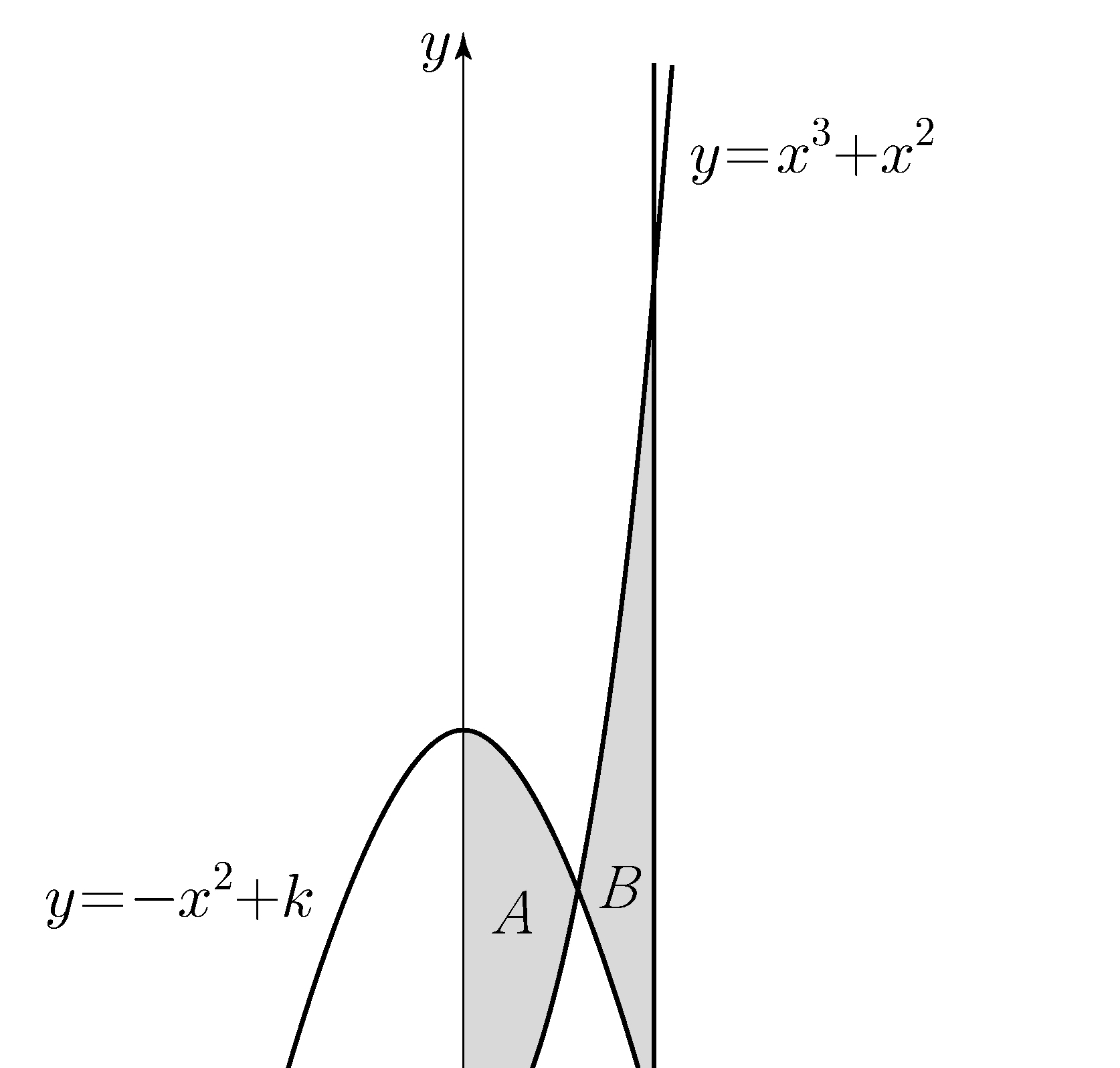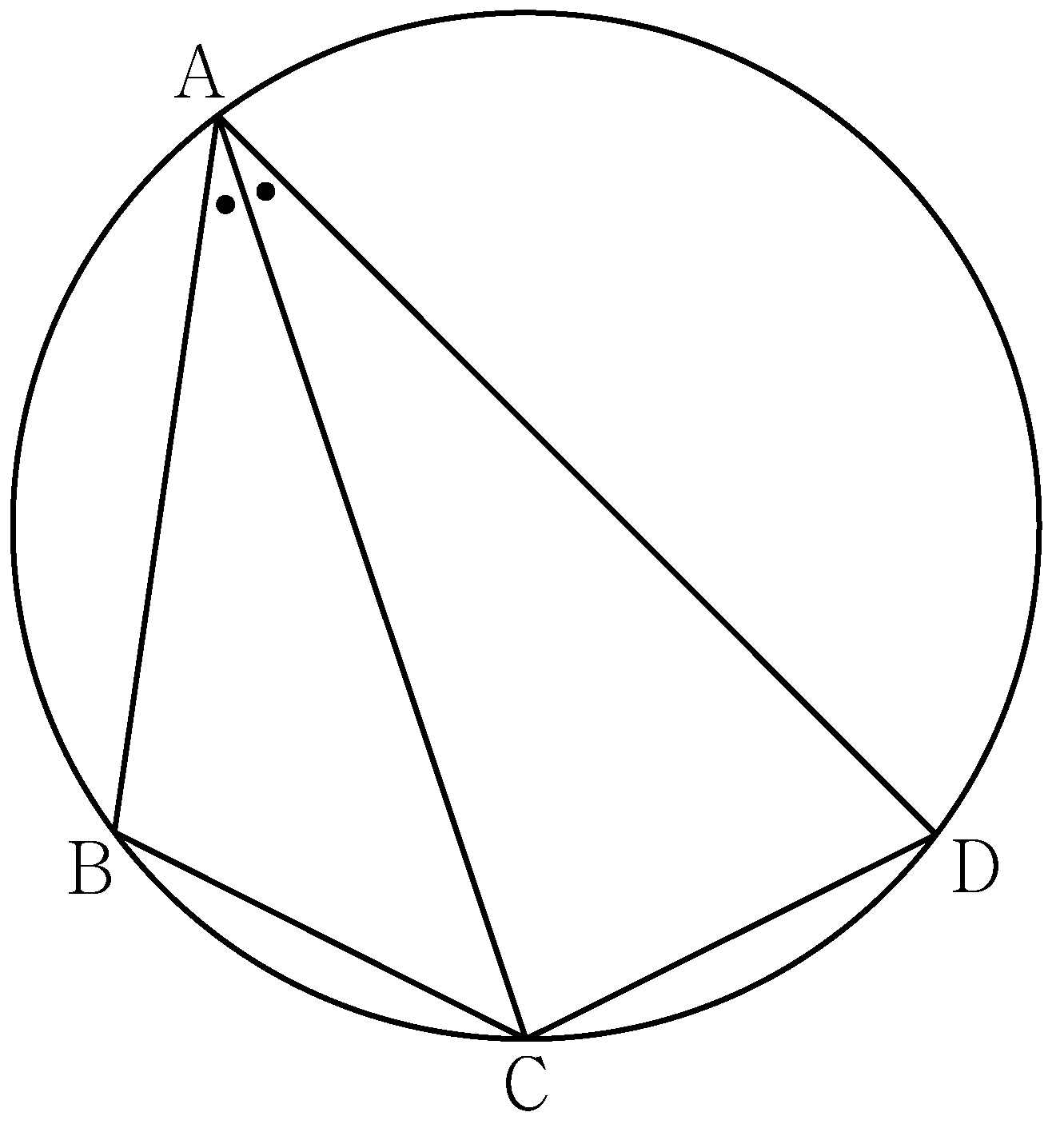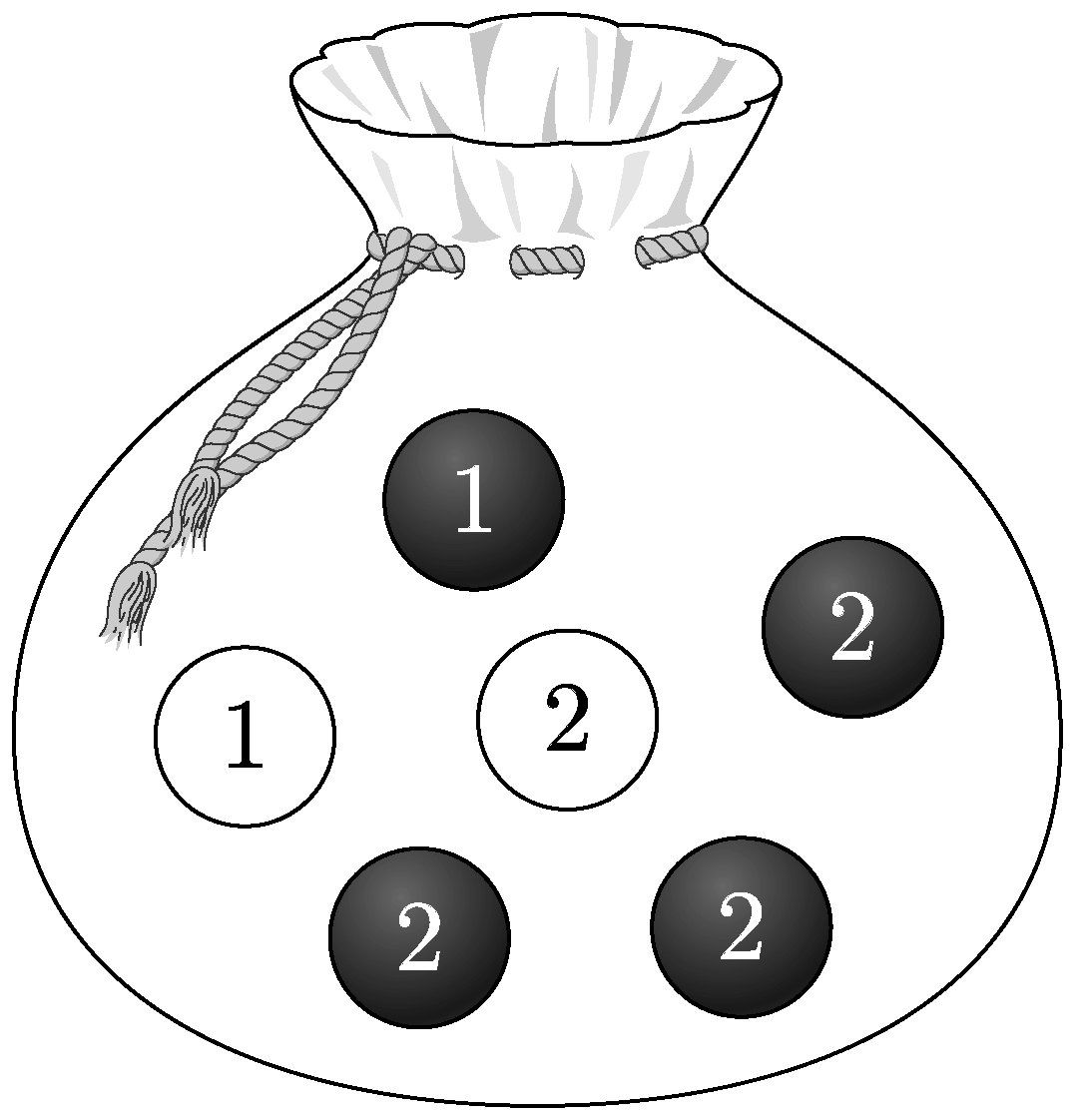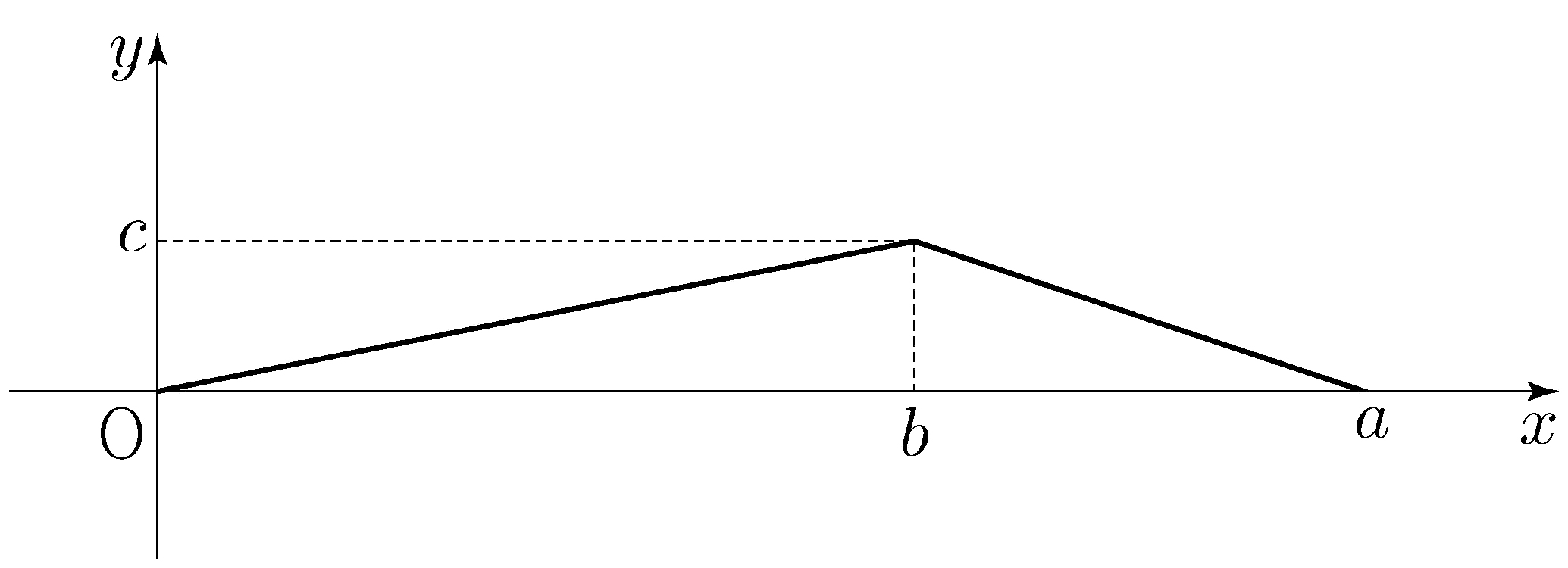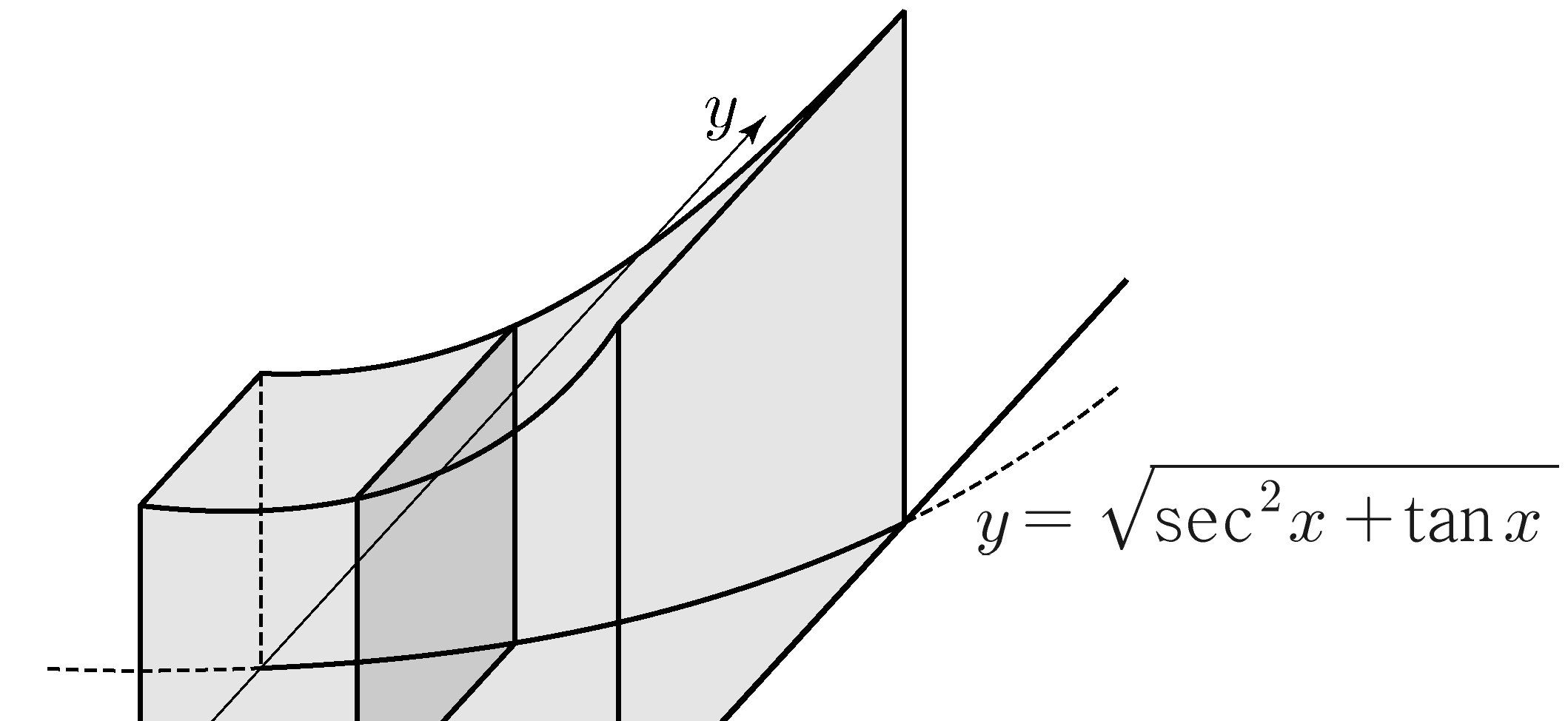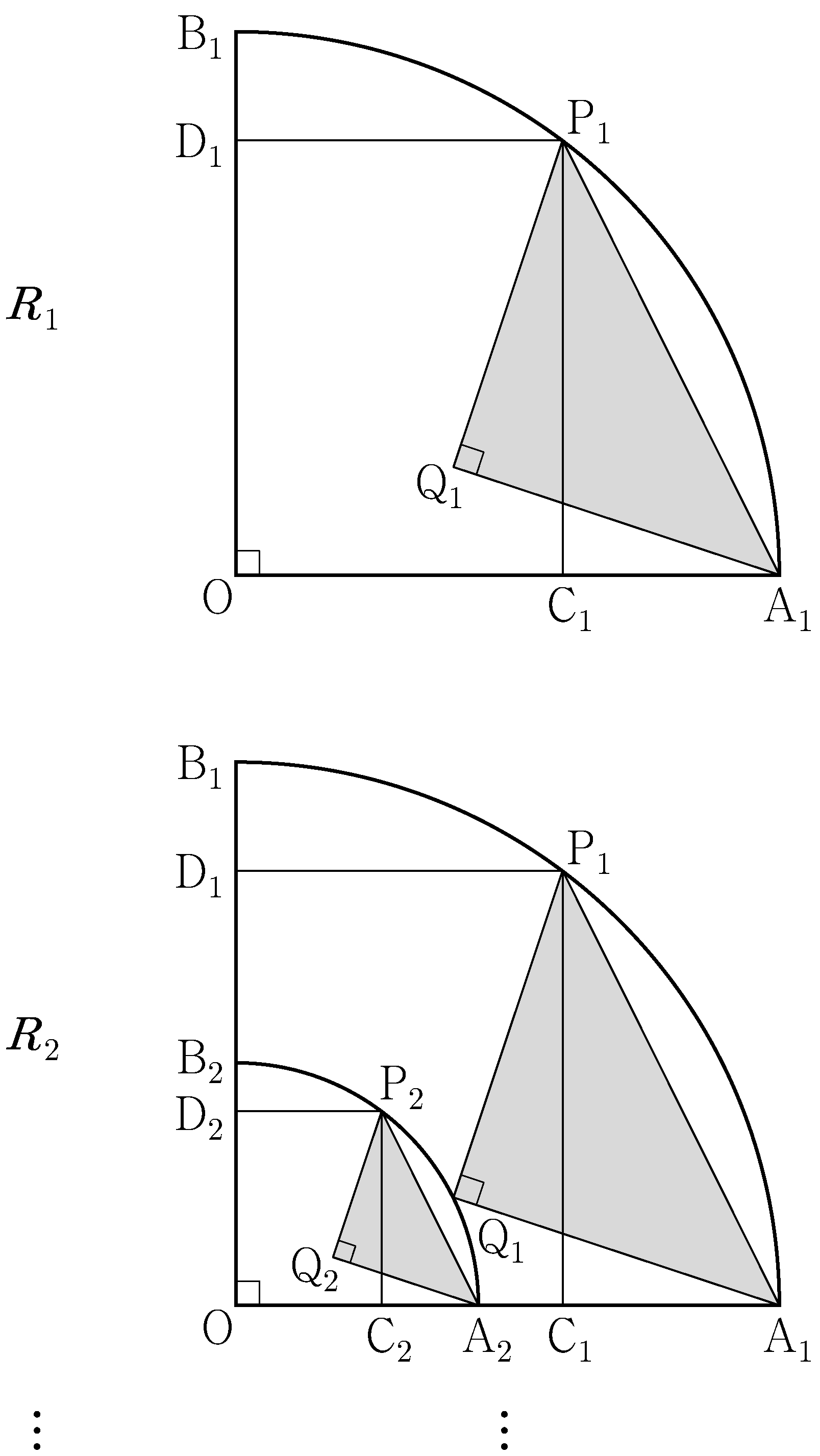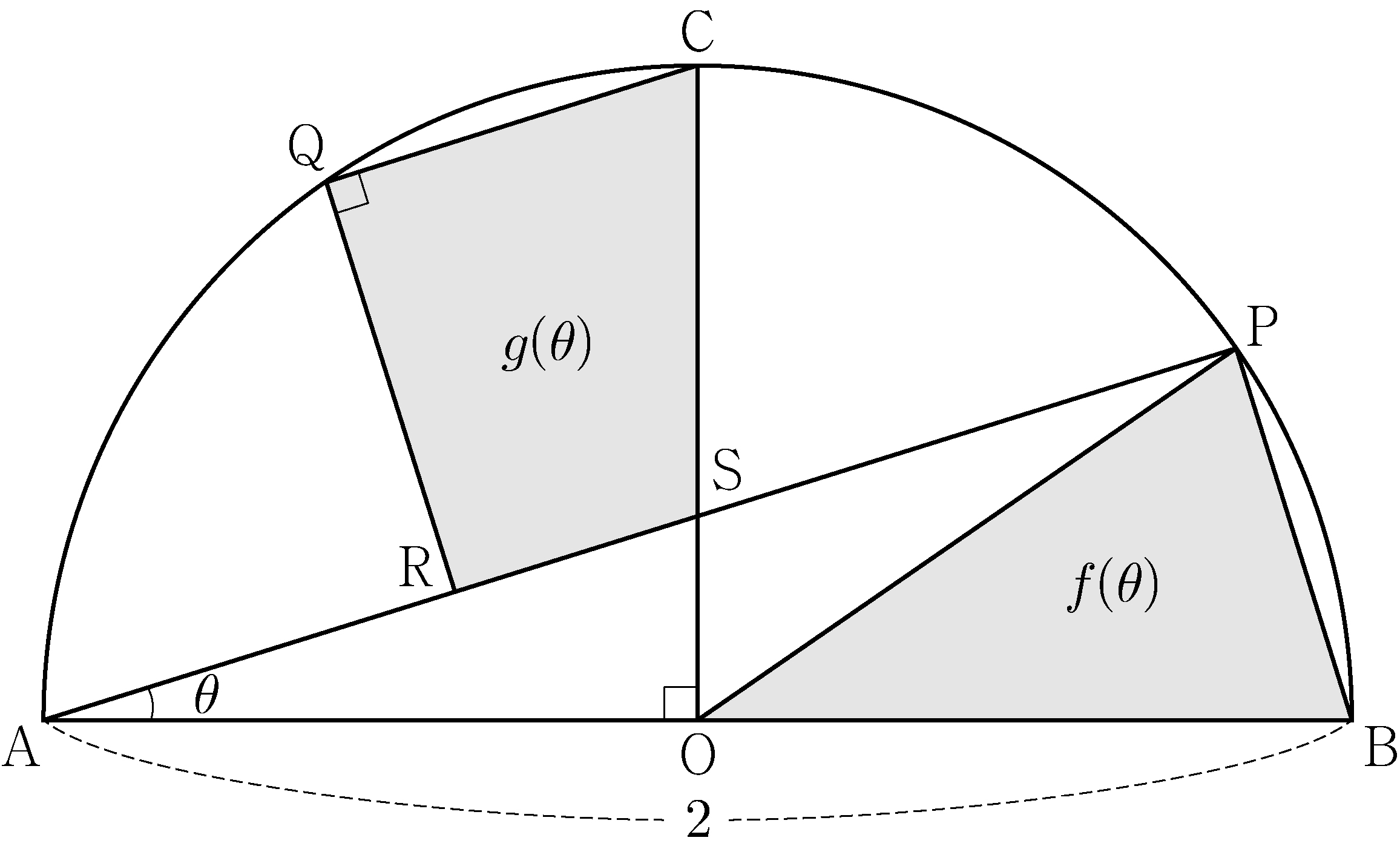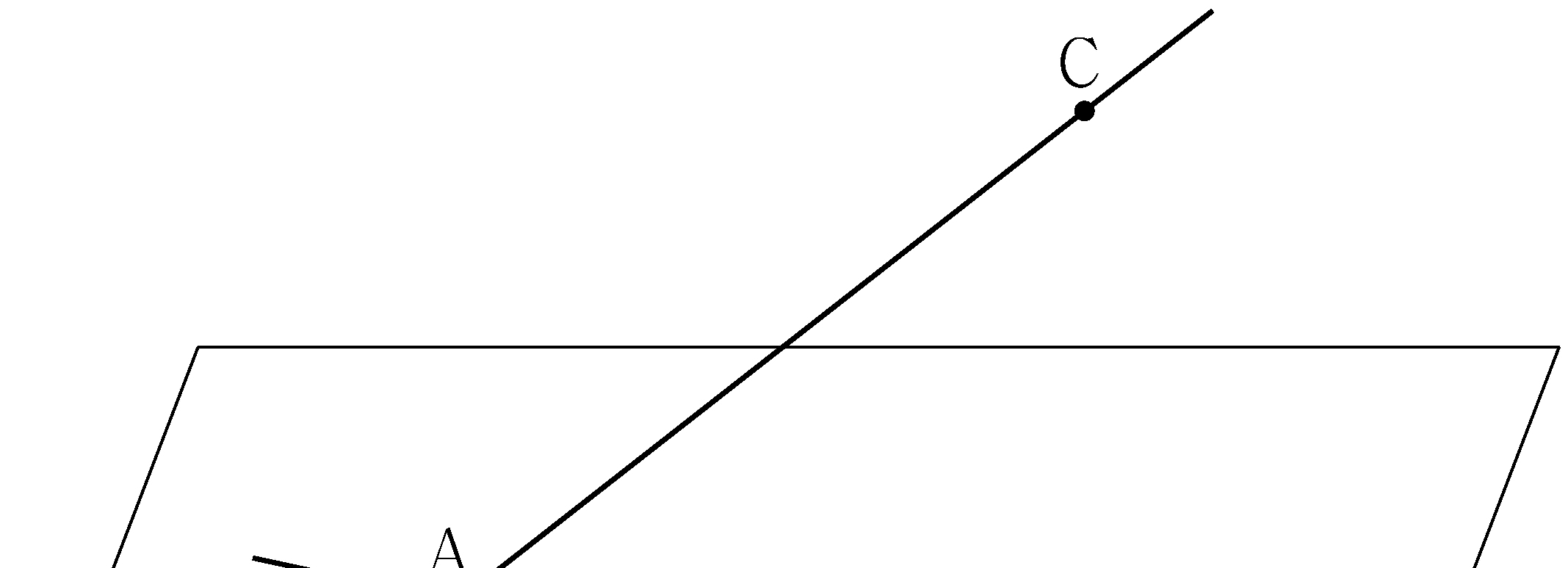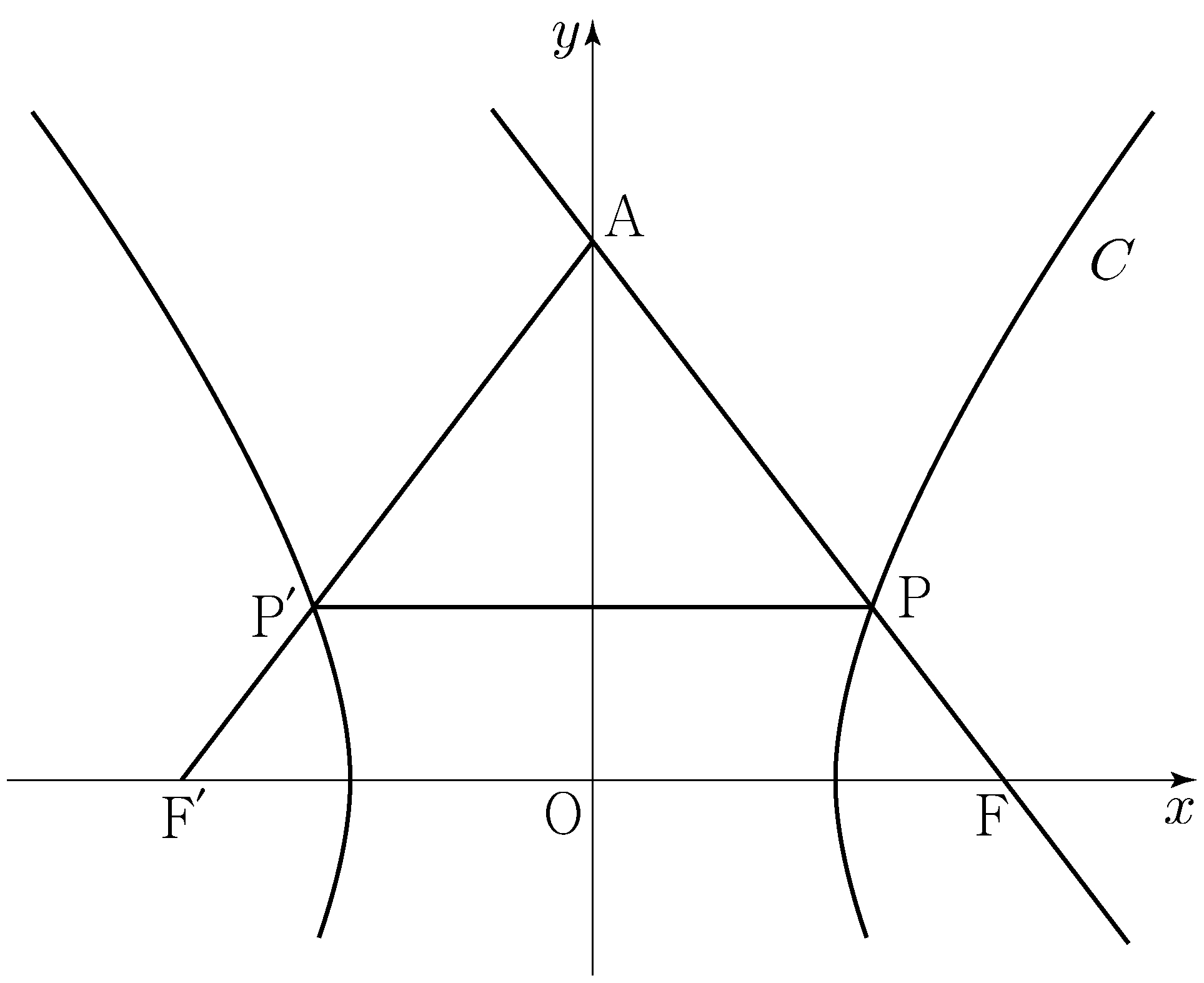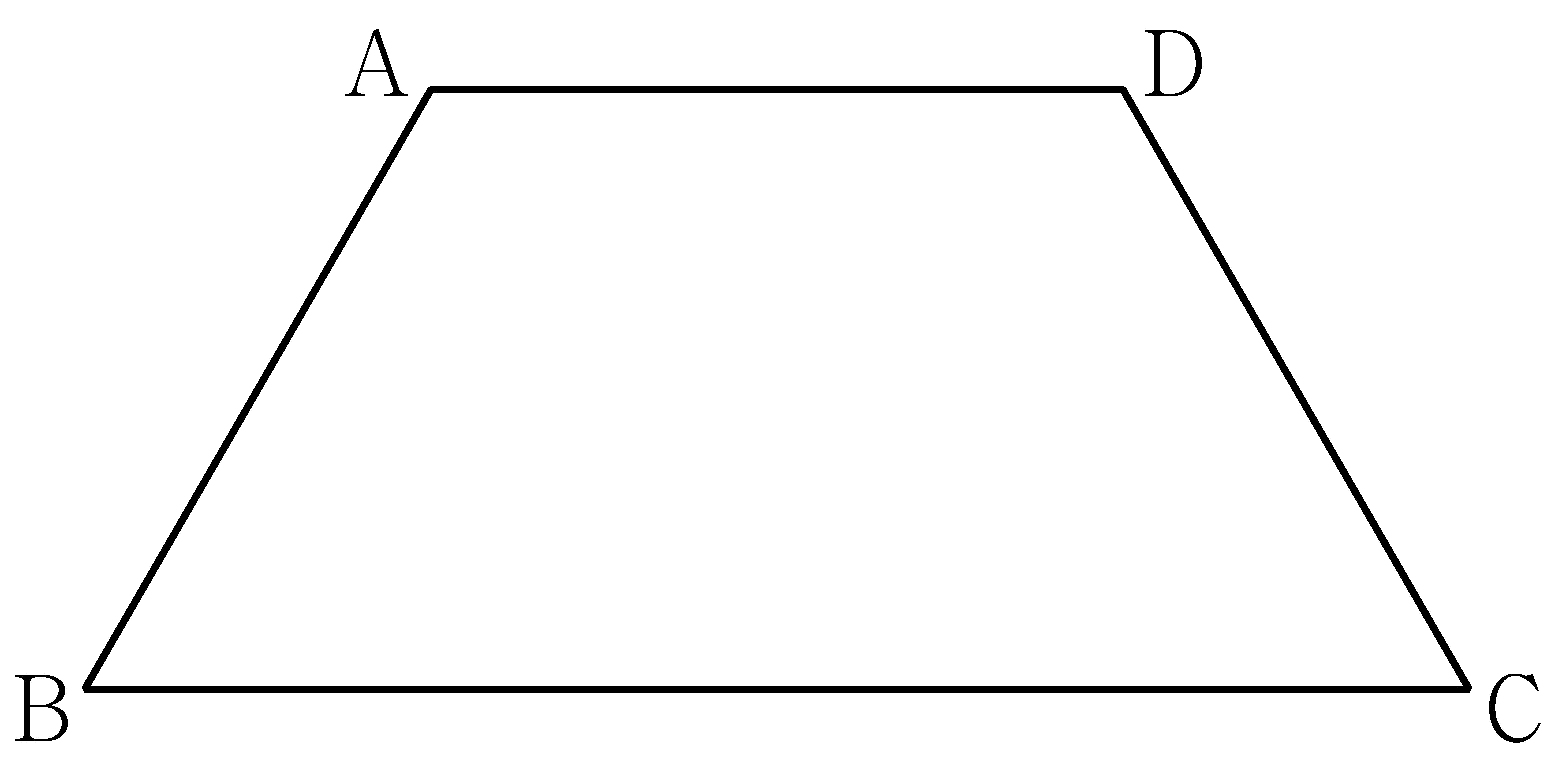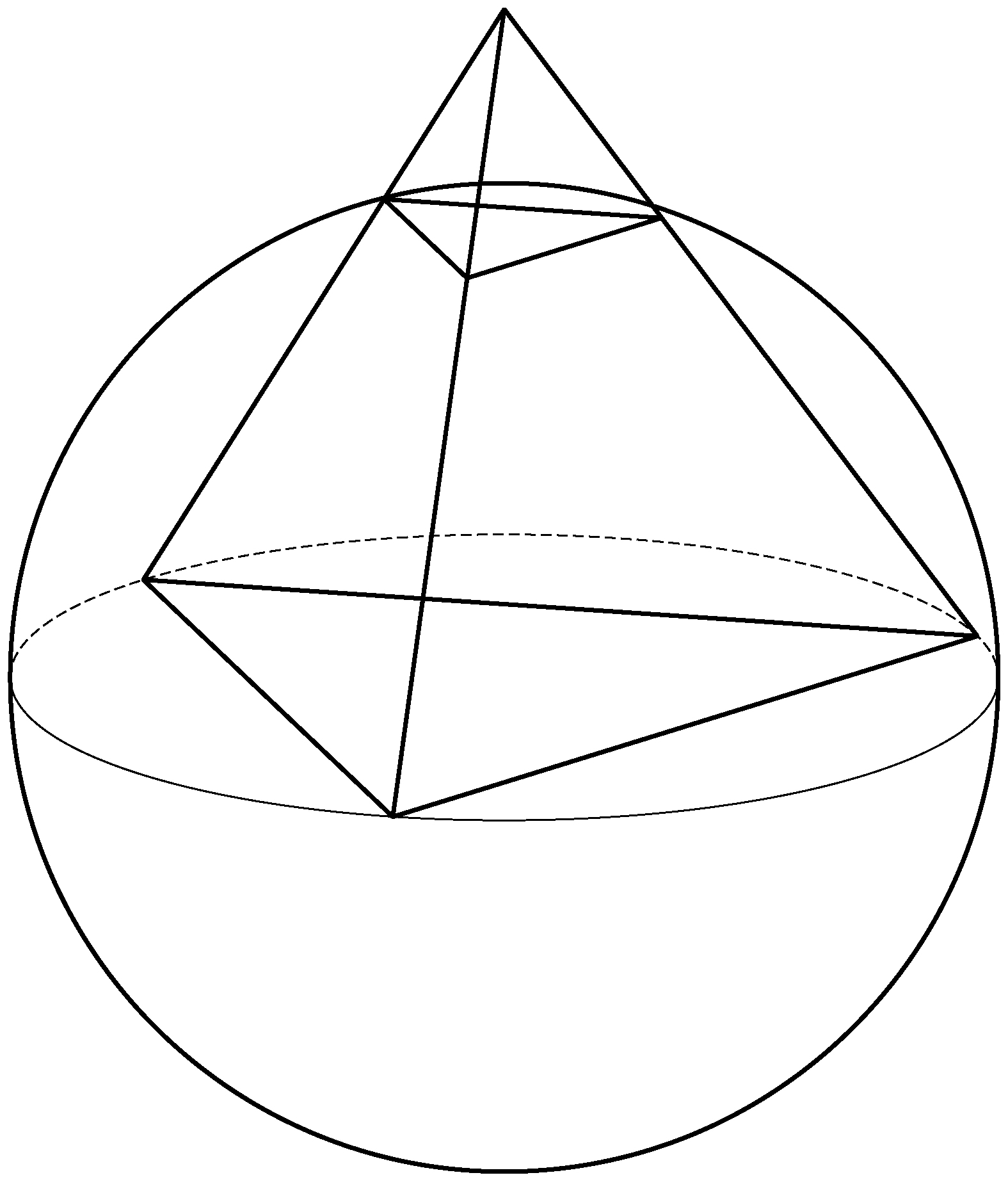- \(\dfrac{1}{4}\)
- \(\dfrac{1}{2}\)
- \(1\)
- \(2\)
- \(4\)
Mathematics
- \(-\dfrac{1}{2}\)
- \(-1\)
- \(-\dfrac{3}{2}\)
- \(-2\)
- \(-\dfrac{5}{2}\)
\(f(x)=a=\sqrt{3}\tan 2x\)
has a maximum value of \(7\) and a minimum value of \(3\).
What is the value of \(a\times b\)?
(※ \(a\) and \(b\) are constants.)
[4 points]
- \(\dfrac{\pi}{2}\)
- \(\dfrac{5\pi}{12}\)
- \(\dfrac{\pi}{3}\)
- \(\dfrac{\pi}{4}\)
- \(\dfrac{\pi}{6}\)
(※ \(4<k<5\)) [4 points]
- \(\dfrac{25}{6}\)
- \(\dfrac{13}{3}\)
- \(\dfrac{9}{2}\)
- \(\dfrac{14}{3}\)
- \(\dfrac{29}{6}\)
